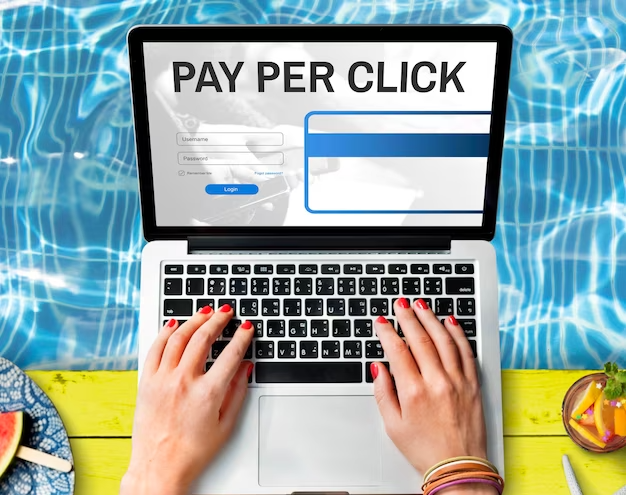An online advertising model in which an advertiser pays a publisher for every click on an advertisement
Pay-Per-Click (PPC): what is it?
Pay-Per-Click Advertising model in which an advertiser pays a publisher each time a link in an advertisement is clicked. PPC is also known as cost-per-click (CPC). A pay-per-click model is primarily offered by search engines (e.g., Google) and social networks (e.g., Facebook). The most popular PPC advertising platforms are Google Adwords, Facebook Ads, and Twitter Ads.
PPC Model: How It Works
Pay-per-click advertising relies heavily on keywords. When someone searches for a keyword related to the product or service being advertised, online ads (also known as sponsored links) appear. Pay-per-click advertising companies research and analyze the keywords most relevant to their products and services. A higher number of clicks and, ultimately, higher profits can be achieved by investing in relevant keywords.
It is considered beneficial for both advertisers and publishers to use the PPC model. For advertisers, the model offers the opportunity to advertise products or services to a specific audience who is actively searching for related information. Additionally, a well-designed PPC campaign can save an advertiser a considerable amount of money since the value of each visit (click) from a potential customer is greater than the cost of the click.
Pay-per-click is the primary revenue stream for publishers. Take Google and Facebook, which provide free services to their customers (free web searches and social networking). By using online advertising, particularly PPC, online companies can monetize their free products.
Models based on pay-per-click

Pay-per-click
1. Model of flat rates
A publisher receives a fixed fee for each click in a flat rate pay-per-click model. Different PPC rates are generally applied to different areas of a publisher’s website. It is important to note that publishers are generally open to negotiating the price. If an advertiser offers a long-term or high-value contract, the publisher is very likely to lower the fixed price.
2. Model based on bids
An advertiser makes a bid with a maximum amount that they are willing to pay for an advertising spot in the bid-based model. An auction is then conducted by a publisher using automated tools. When a visitor triggers an ad spot, an auction is run.
The winner of an auction is generally determined by the rank, not the total amount. A ranking takes into account both the amount of money offered and the quality of the content offered by an advertiser. As a result, the relevance of the content is as important as the bid itself.
PPC Marketing Benefits: What Are They?
Businesses looking to increase their online visibility and generate more leads and sales can benefit from PPC marketing. PPC marketing can offer the following benefits:
- In comparison to organic search engine optimization, which can take months to produce results, PPC can generate traffic and leads quickly.
- Using PPC, you can reach your ideal customers based on demographics, interests, search intent, and location.
- Tracking and optimizing PPC campaigns allows you to measure your return on investment (ROI) and make data-driven decisions.
- You can set daily or monthly budgets to control your ad spending and adjust them as needed.
- PPC can increase your brand’s visibility and recognition even if no one clicks on your ads.
- PPC allows you to compete with larger businesses and appear at the top of search engine results pages (SERPs).
PPC marketing can increase website traffic, generate leads, and boost sales in general. To achieve optimal results, expertise, strategy, and ongoing optimization are required.




Leave A Comment